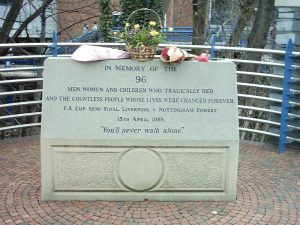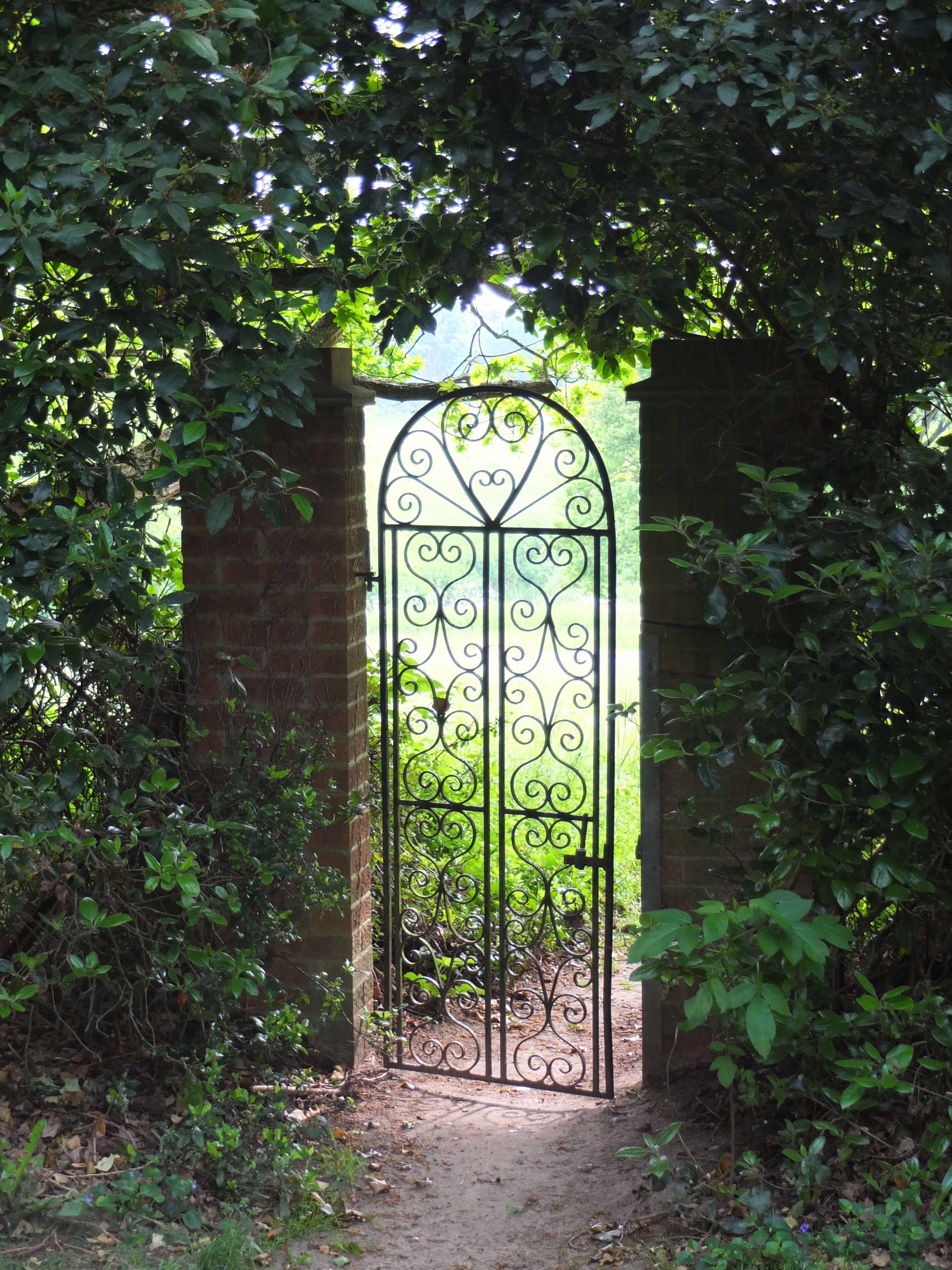 You might have thought that my recent post regarding the outcome of the second inquest into the causes of the deaths of the ninety six victims of the 1989 Hillsborough disaster would be my last word on the subject. I suspect, however, that there will be yet more to come as the saga continues to unfold over the years.
You might have thought that my recent post regarding the outcome of the second inquest into the causes of the deaths of the ninety six victims of the 1989 Hillsborough disaster would be my last word on the subject. I suspect, however, that there will be yet more to come as the saga continues to unfold over the years.
This truth was brought home yet again last night in harrowing fashion as I watched Daniel Gordon’s two hour documentary – ‘Hillsborough‘ – made for the BBC and ESPN. The first version of this brilliantly judged work was completed nearly two years ago and shown in the US and – subsequently – in New Zealand. It could not at that time be shown in the UK for legal reasons; for fear that it might prejudice the outcome of the second inquest which had then just begun.
The film has now been extended in the light of the outcome of that inquiry and can now finally be seen in the UK and elsewhere. Should you yet feel uncertain as to the import of these recent events – or should you even perchance still harbour some misconceptions as to the truth of what really happened on that dreadful day and throughout the intervening twenty seven years – I urge you to take the time to watch this chilling memorial to the suffering of the families whose loved ones did not return home from that intended day of celebration.
Though I have been reading about the tragedy since the day that it happened, even so I learned things from this film that I had not previously known. This merely demonstrates anew just how much the authorities tried to keep hidden over the past two decades and more.
For example, I did not know that there had been another not dissimilar crowd control problem at an FA Cup semi-final at Hillsborough – some eight years earlier. On that occasion the crowd at the Leppings Lane end had been allowed to spill out of the stands onto the border of the pitch itself to avoid the crush. When – during the post mortem to that event – it was suggested that there had been a lucky escape and that modifications might be required to prevent future injuries or deaths, the ground’s owners and engineers dismissed the suggestion and did nothing.
Indeed – in the intervening years matters were made very much worse as a result of the FA’s misguided attempt to combat the hooliganism which seemed endemic to the game during the 1980s. The standing room terraces at the Leppings Lane end of the ground were turned into pens by the construction around them of fences of spiked iron railings. When lightening did indeed strike a second time the supporters were unable either to escape onto the pitch or sideways along the terracing as had previously been possible.
In another unfortunate circumstance the vastly experienced police superintendent, Brian Mole, who should have been in charge of the crowd control operation on the day of the disaster, was moved to another district a couple of weeks prior to the event. This followed a ‘hazing’ incident some months before in which a young police constable was one night subjected to a mock abduction by masked gunmen posing as armed robbers but who were in fact colleagues from the constabulary. Those concerned were disciplined firmly and Mole – though having no involvement himself – was moved.
His place was taken – at two weeks’ notice – by a man who not only had little experience of supervising such major events but also clearly had little understanding of football or of the habits and motivations of its followers. David Duckenfield was responsible for the two key actions that shaped the tragedy that followed and the appalling campaign that succeeded it.
First, he took the decision – when the crush of Liverpool supporters trying to get through the totally inadequate number of turnstiles at the Leppings Lane end looked to be getting out of hand – to open one of the exit gates to allow a large body of fans through to relieve the pressure outside. This was done without first having either sealed off the immediate entrance to the two already packed pens which was directly in front of the exit gate, or of ensuring that there were an adequate number of stewards or police inside the ground to direct fans to the still mostly empty pens to either side.
Then – as the inevitable tragedy was still being played out immediately beneath the windows of the control box in which he was located – Duckenfield lied to Graham Kelly (the FA representative at the ground) telling him that drunken ticket-less Liverpool supporters had broken down the very exit gate that he had himself ordered to be opened. Kelly naturally believed what he was told by the senior police official present and wasted no time passing the information on TV commentators and journalists. Thus was born the false myth that the supporters were to blame for the deaths of the ninety six, which was then seized upon by those in charge of all of the authorities concerned as a means of covering up the truth as to the multiple liabilities for the fatalities.
Daniel Gordon’s documentary is not an easy watch but it is an essential one if we are to fully comprehend this recent period in our history, for it has implications far wider simply than those for game of football or for this one appalling, tragic, but completely avoidable incident.
Tags: England, Loss, Modern life, Politics, Sport


Recent Comments